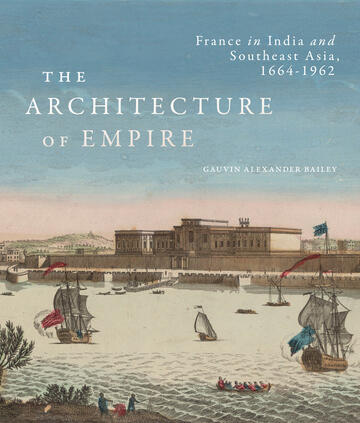
The Architecture of Empire
France in India and Southeast Asia, 1664-1962
The first comprehensive study of French colonial architecture in South and Southeast Asia.
Description
Most monumental buildings of France’s global empire – such as the famous Saigon and Hanoi Opera Houses – were built in South and Southeast Asia. Much of this architecture, and the history of who built it and how, has been overlooked.
The Architecture of Empire considers the large-scale public architecture associated with French imperialism in seventeenth- and eighteenth-century India, Siam, and Vietnam, and nineteenth- and twentieth-century Indochina, the largest colony France ever administered in Asia. Offering a sweeping panorama of the buildings of France’s colonial project, this is the first study to encompass the architecture of both the ancien régime and modern empires, from the founding of the French trading company in the seventeenth century to the independence and nationalist movements of the mid-twentieth century. Gauvin Bailey places particular emphasis on the human factor: the people who commissioned, built, and lived in these buildings. Almost all of these architects, both Europeans and non-Europeans, have remained unknown beyond – at best – their surnames. Through extensive archival research, this book reconstructs their lives, providing vital background for the buildings themselves. Much more than in the French empire of the Western Hemisphere, the buildings in this book adapt to indigenous styles, regardless of whether they were designed and built by European or non-European architects.
The Architecture of Empire provides a unique, comprehensive study of structures that rank among the most fascinating examples of intercultural exchange in the history of global empires.
Reviews
“Erudite and engaging, The Architecture of Empire is a major achievement in the fields of architectural history and postcolonial studies. One of its most interesting contributions is the way it shows how nostalgia for the past – or for an imagined past – informed French colonial and architectural policy in later eras.” Meredith Martin, New York University